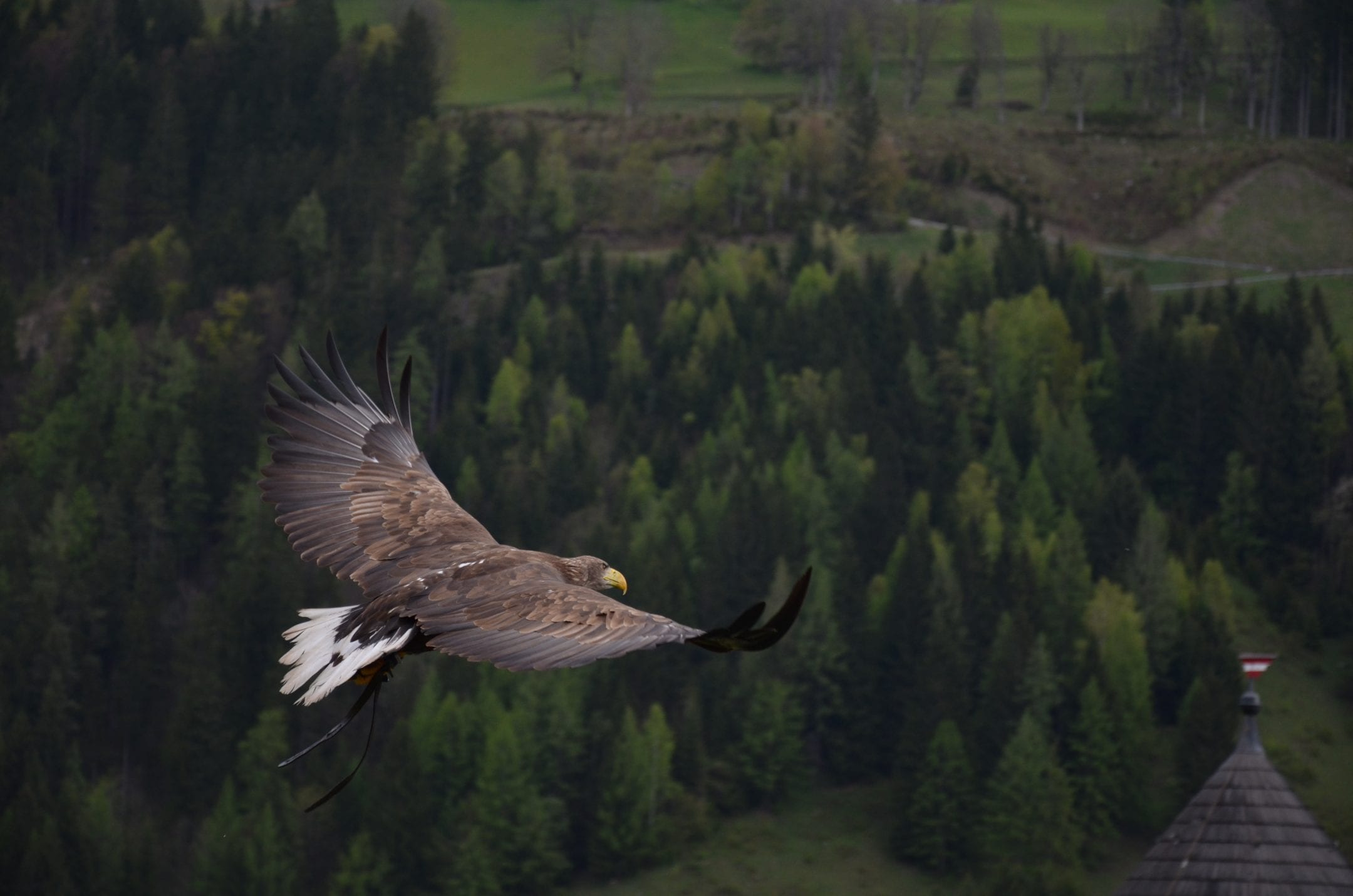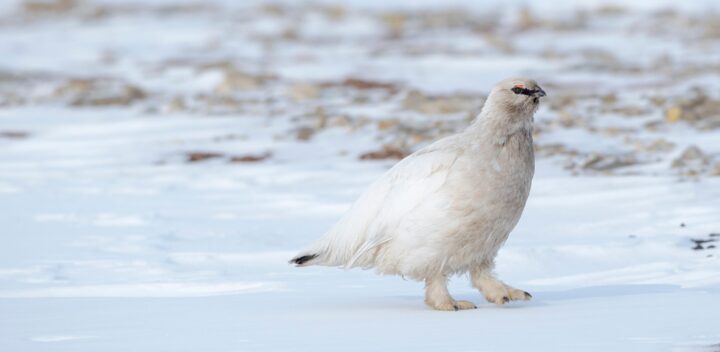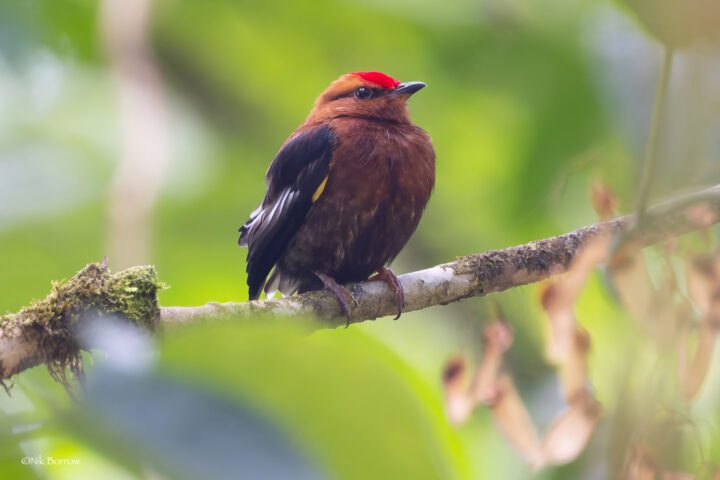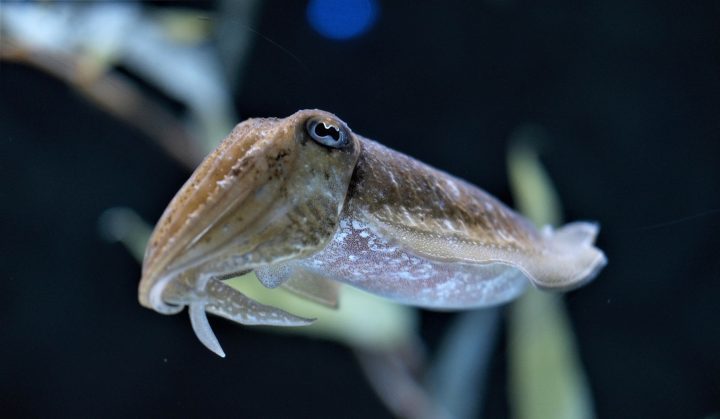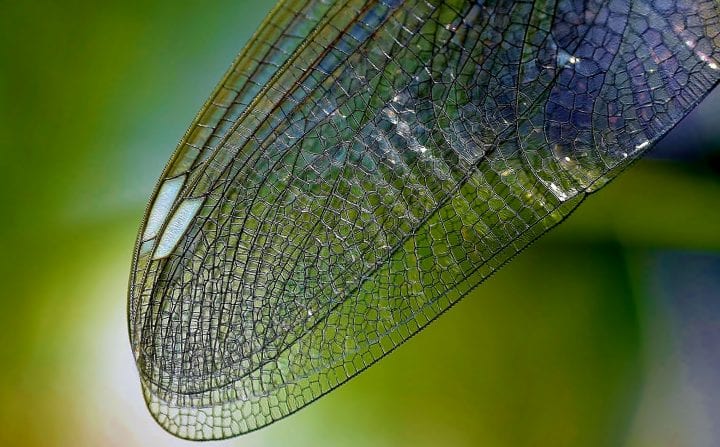Optimize Shape/Materials
Resources are limited and the simple act of retaining them requires resources, especially energy. Living systems must constantly balance the value of resources obtained with the costs of resources expended; failure to do so can result in death or prevent reproduction. Living systems therefore optimize, rather than maximize, resource use. Optimizing shape ultimately optimizes materials and energy. An example of such optimization can be seen in the dolphin’s body shape. It’s streamlined to reduce drag in the water due to an optimal ratio of length to diameter, as well as features on its surface that lie flat, reducing turbulence.
Modify Buoyancy
Buoyancy is an upward force exerted by air or liquid on a solid object that works against the object’s weight. A hawk glides through air and a duck floats on water due to buoyancy. Some living systems (such as fish eggs) can remain sedentary and therefore maintain the same buoyancy at all times. But most must adjust their buoyancy because they can’t survive long unless they change position. These living systems require strategies to not only be buoyant, but also adjust buoyancy level. They often modify buoyancy by adding or decreasing lift, or by changing their weight. For example, birds like condors that soar for a long time shift the directional orientation of their wingtip feathers to manage buoyancy. Fish alter the amount of air in their swim bladders to increase or decrease their weight, thus altering their buoyancy.
Protect From Wind
Wind subjects living systems to various forces, such as compression, twisting, turbulence, and tension. These forces put living systems at risk of losing the ability to perform life-essential functions, such as when a plant becomes uprooted. Wind can result from weather phenomena or rapid movement through the air, as when flying. Wind is typically not a constant or predictable force, so living systems must be able to function both with and without its presence by adjusting to its direction and speed. A good example is how plants’ leaves and stems are flexible so that they can align with the wind, rather than being battered by it.
Move in/Through Gases
Living systems must move through gases (which are less dense than liquids and solids) such as those in the earth’s atmosphere. The greatest challenge of moving in gases is that because the living system is heavier than the gas, it must overcome the force of gravity. Moving efficiently in this light medium presents unique challenges and opportunities for living systems. As a result, they have evolved countless solutions to optimize drag and increase lift so that they can stay aloft and take advantage of variable currents. Additionally, they must overcome gravity when moving from a liquid or solid into the air. The fairyfly, the smallest known insect, is a tiny wasp that must move through the air. To the wasp, air feels like a heavy liquid and to move through it, it uses special feathery oars rather than wings.
